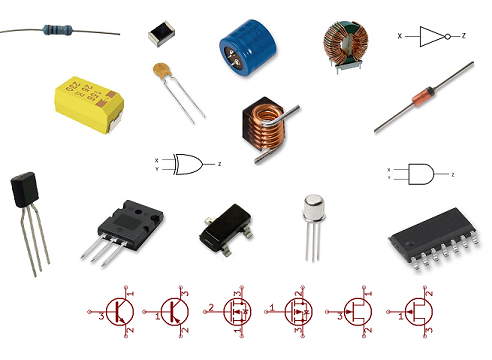3. Specializations in Electronics
Based on the previous definition, and evolving from the lowest to the highest level, the specializations that make up electronics can be classified as shown in Table 1. Some of the concepts may not be understood by the reader, but they will be revealed as the text progresses.
Physical manifestation | Specialty | Sub-specialty |
Flow of Charges | Integrated Circuits | Semiconductors |
vx : voltage at circuital node x ix : current at branch x | Analog Electronics | Circuit Theory |
Power Electronics | ||
Radio-frequency | ||
( “1” , “0” ) <=> ( vx , ix ) | Mixed-Signal Electronics | Signal Integrity |
Analog to Digital Conversion | ||
Digital to Analog Conversion | ||
(‘1’, ‘0’) | Digital Electronics | Digital Circuits (Boolean) |
Programmable Logic | ||
Processors | ||
Digital Instructions | Software Engineering |
|
Table 1: Relationship between physical manifestations and electronic specialties.
In practice, the implementation of any solution usually requires the involvement of several of the specialties shown, so that they are all interrelated and the conceptual border between them is often diffuse. Furthermore, solving complex problems, such as in (tele) communications, requires the application of other specialties apart from the purely electronic ones, such as the mathematics of communications and signal processing.
The aforementioned specialties are explained individually below, building progressively, from a low to a high level of abstraction with respect to the electron. In all sections, special emphasis will be placed on the concepts that sound the most on a daily basis, especially for technology fans, and that are typically not fully understood by the general public.
Subscription
If you liked this contribution, feel free to subscribe to our newsletter:
